I am not able to get ROC function to work, I get the error "Predictor must be numeric or ordered".
I've looked through other posts, but nothing solves my problem. Any help is highly appreciated.
"Get data"
flying=dget("https://www.math.ntnu.no/emner/TMA4268/2019v/data/flying.dd")
ctrain=flying$ctrain
ctest=flying$ctest
library(MASS)
fly_qda=qda(diabetes~., data=ctrain)
#Test error is given below:
predict_qda=predict(fly_qda, newdata=ctest, probability=TRUE)
table_qda<-table(ctest$diabetes, predict_qda$class)
error_qda<-1-sum(diag(table_qda))/sum(table_qda)
error_qda
"ROC curve and AUC"
predict_qdatrain<-predict(fly_qda, newdata=ctrain)
roc_qda=roc(response=ctrain$diabetes, predictor= predict_qdatrain$class, plot=TRUE)
plot(roc_qda, col="red", lwd=3, main="ROC curve QDA")
auc_qda<-auc(roc_qda)
I want the plotted ROC curve and AUC
